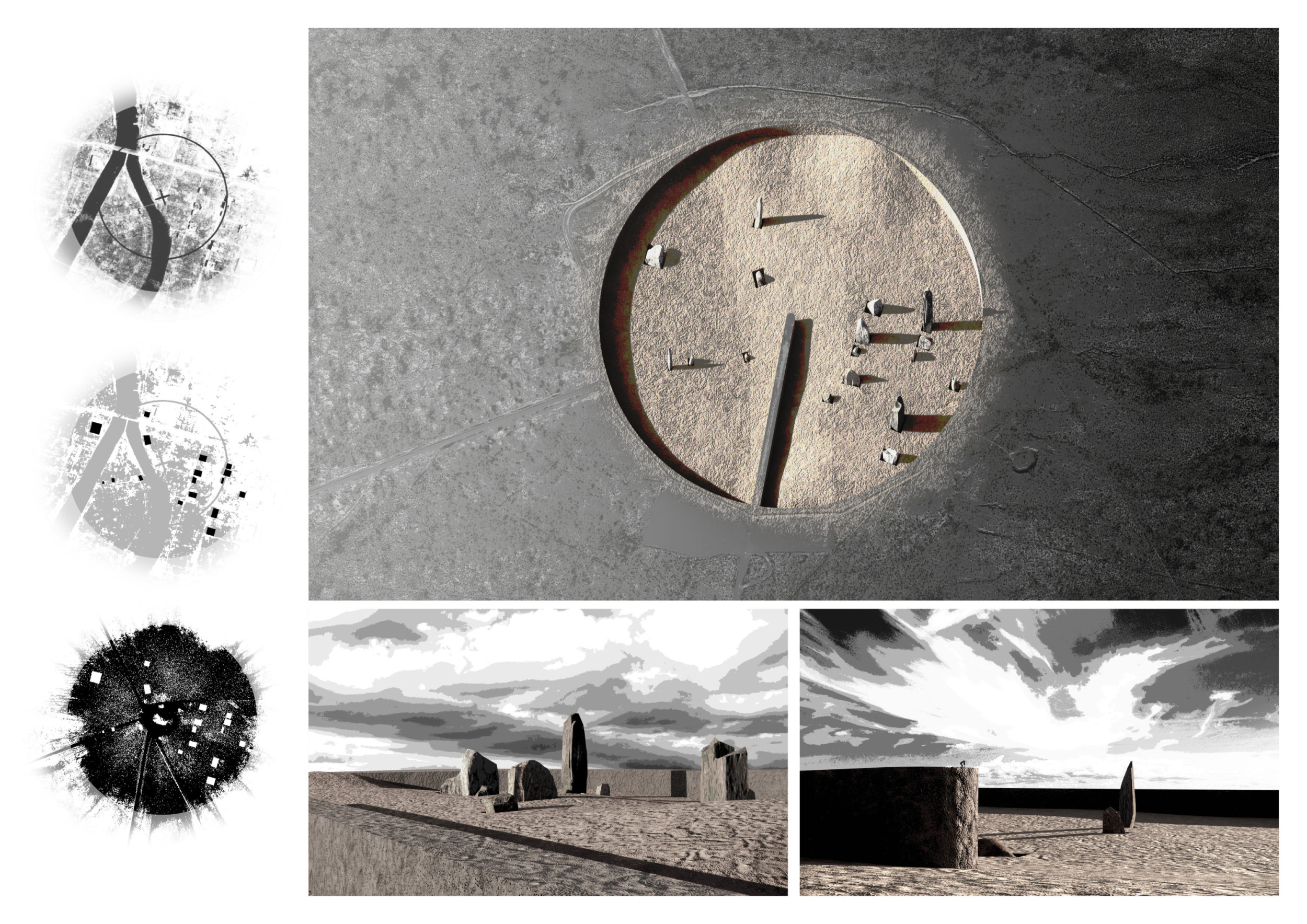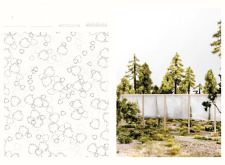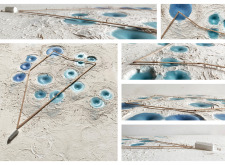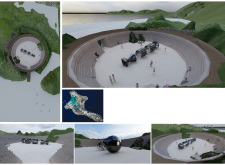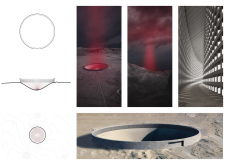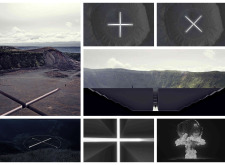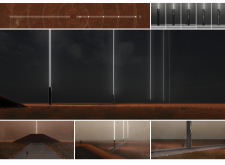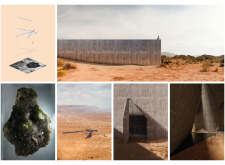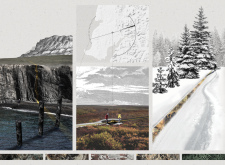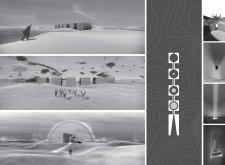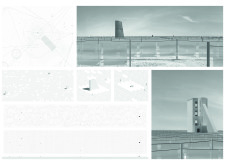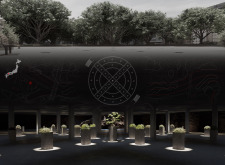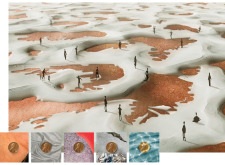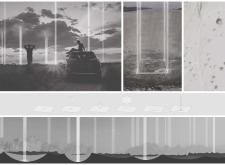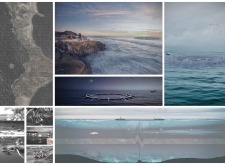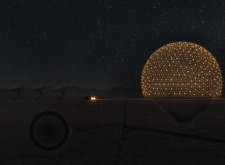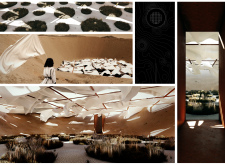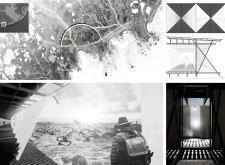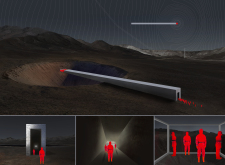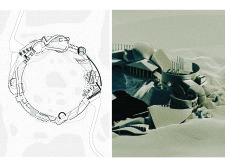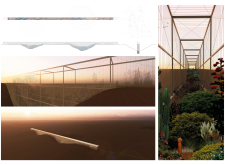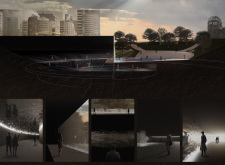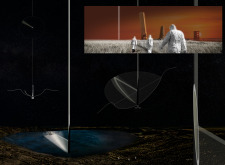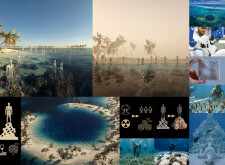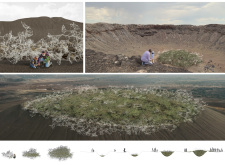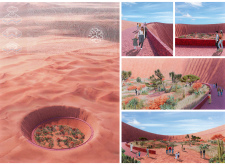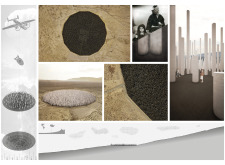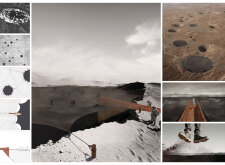Introduction
Buildner is pleased to announce the results of its second annual Last Nuclear Bomb Memorial competition!
Following the success of the first edition, this competition was once again organized in support of a universal ban on nuclear weapons. In 2017, on the 75th anniversary of the bombings of Nagasaki and Hiroshima that killed upwards of 100,000 people, the United Nations Treaty on the Prohibition of Nuclear Weapons was adopted. To recognize the importance of this treaty, Buildner sought designs for a conceptual memorial project to be located on any known decommissioned nuclear weapon testing site. Submissions were not permitted to include text, titles or annotation of any kind. All ideas were required to be communicated visually.
Buildner teamed up with a strong international jury panel that included: Kerem Cengiz, the Managing Director – MENA at LWK + PARTNERS; Bartosz Haduch, an architect, academic teacher, and publicist who runs the Poland-based interdisciplinary collective NArchitekTURA; Karel Klein, co-director of NYC-based Ruy Klein; Paul Monaghan, Director at AHMM in London; Françoise N’Thépé, who runs Paris-based practice FRANÇOISE N’THÉPÉ ARCHITECTURE & DESIGN; architect Angelo Renna; David Telerman, founder of studio Atelier David Telerman; Yu-Ying Tsai, lead architect at Shanghai- based ZJJZ Atelier; and Joseph Weishaar, a project architect at Smith Dalia Architects.
Buildner and its jury panel would like to thank all participants for their submissions!
We sincerely thank our jury panel
for their time and expertise
Astrid Klein
founder of Klein Dytham architecture (KDa)
Japan

Katie MacDonald
Co-founder of After Architecture
USA

Bartosz Haduch
NArchitekTURA
Poland

David Telerman
Founder of studio Atelier David Telerman
France

Françoise N’Thépé
Françoise N'THEPE - Architecture & Design
France

Paul Monaghan
Executive director and Head of Design Studio AHMM
United Kingdom

Kerem Cengiz
Managing Director – MENA at LWK + PARTNERS
UAE

Joseph Weishaar
AIA, project architect at Smith Dalia Architects
USA

Angelo Renna
Architect
Italy

Yu-Ying Tsai
architect at ZJJZ Atelier
China

1st Prize Winner +
BB STUDENT AWARD
BB STUDENT AWARD
Remembering
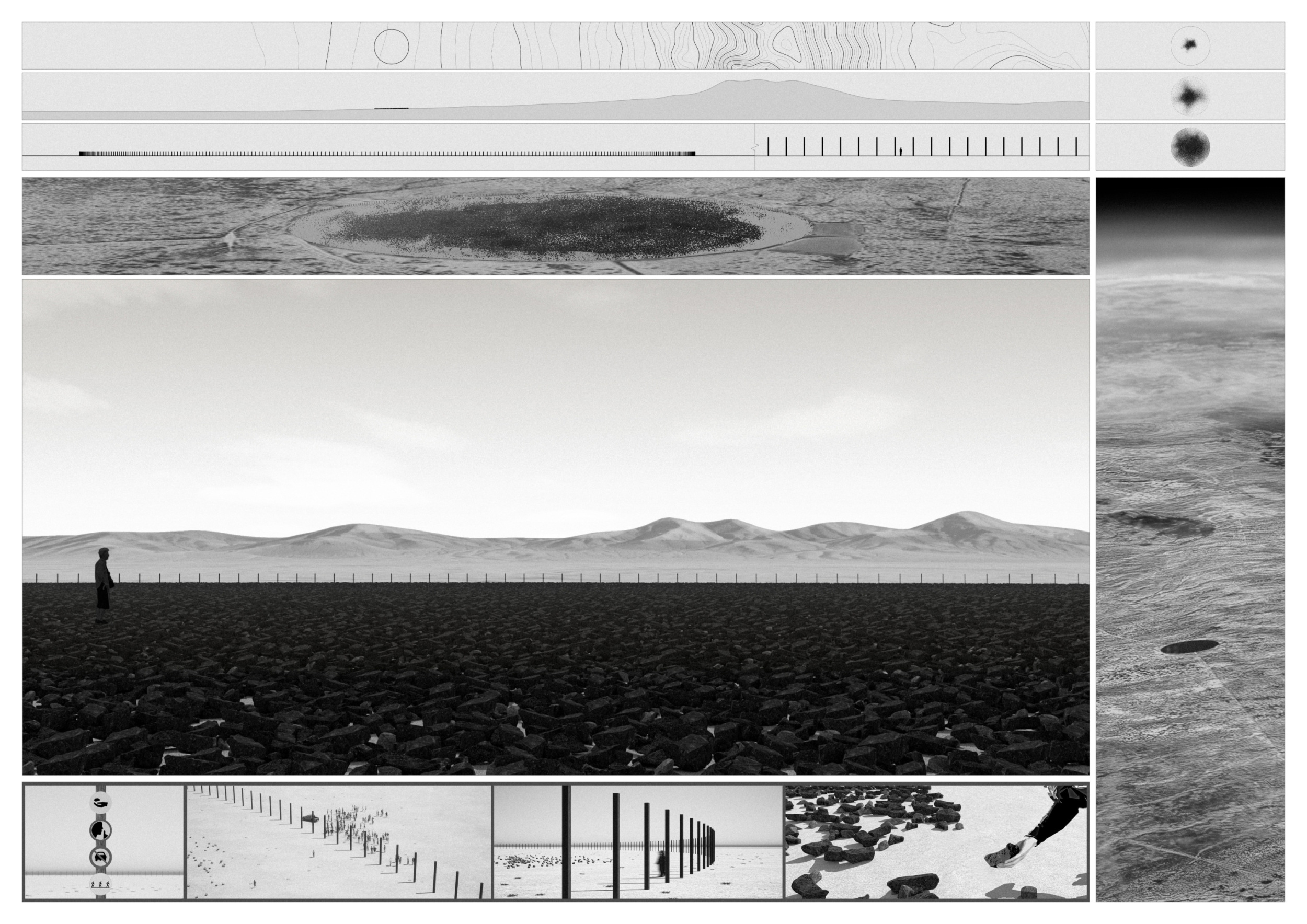
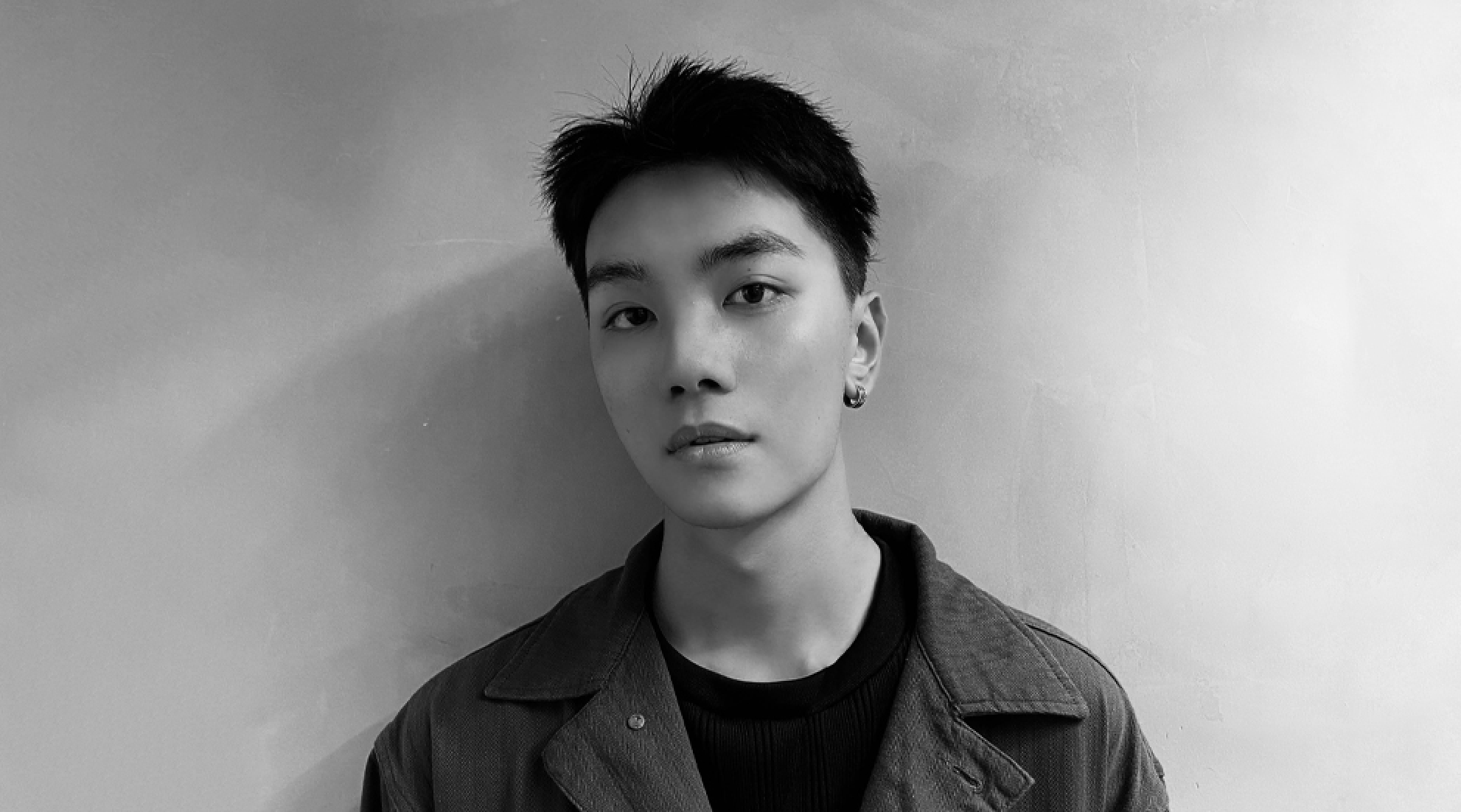
Competitions generate provocative thinking from worldwide perspectives, being in this process challenges me to learn and think on a more complex level upon every entry. For me, it helps to develop deeper knowledge and a broader vision in projects that tackle prominent issues, which is not often in professional or academic work. It is important to always challenge our own limitations in design, in order to achieve a breakthrough.
Read full interviewJury feedback summary
A frontier the size of a nuclear blast site is defined by a series of timber members driven into the earth. Within this ethereal perimeter, black stones are brought by visitors, filling the site over time, creating an always larger, more impactful and visible mark on the otherwise sandy white terrain. The jury writes: “A poetic story is unfolded within a single board.
2nd Prize Winner
ALÉN
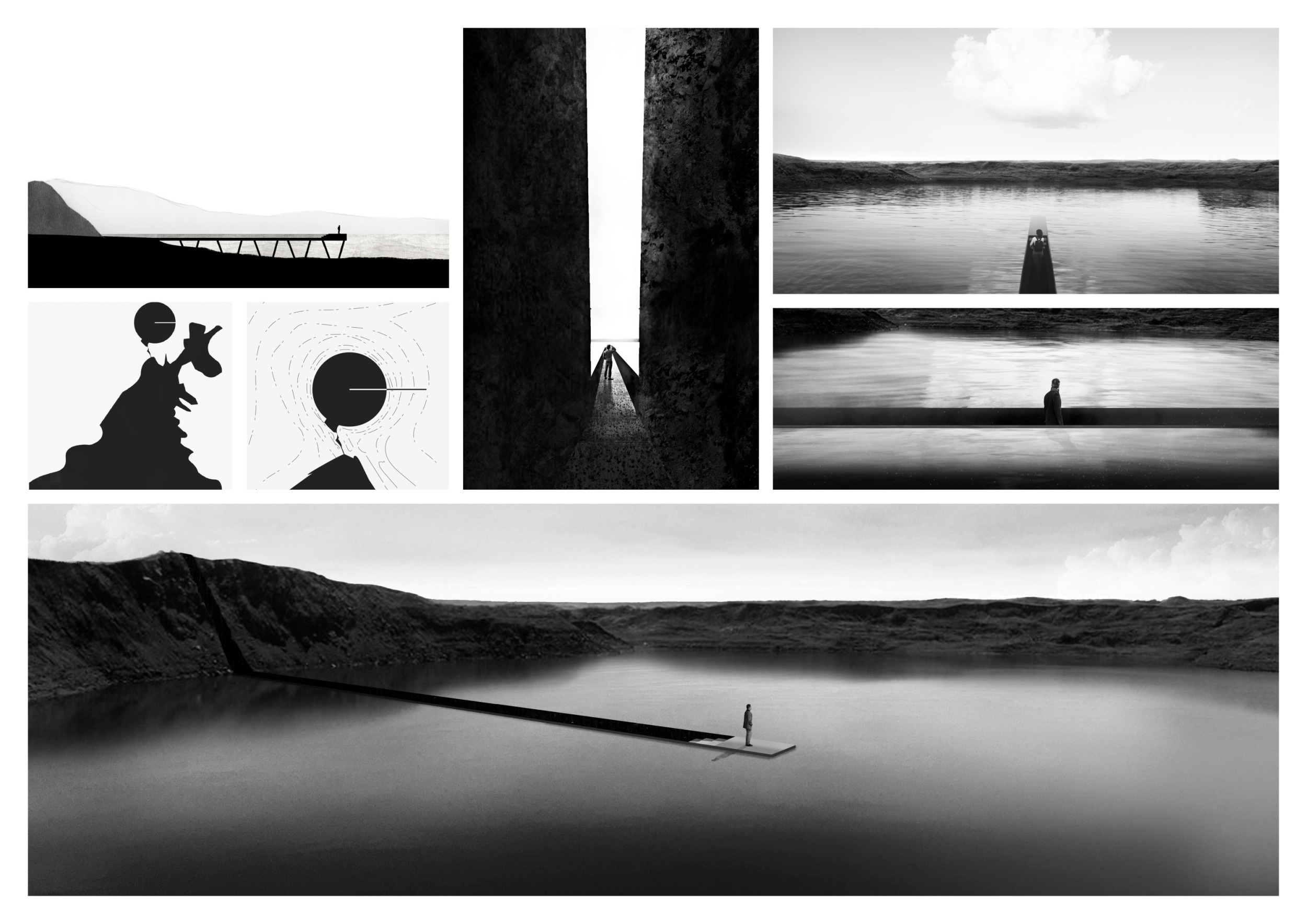
It is a kind of challenge that lets me face different programs and architecture scales and allows me to learn and improve my skills as an architect.
Read full interview Spain
Spain
Jury feedback summary
The project proposes a clean break in the ridge of a blast crater - an entry point into the site and monument. This linear doorway breaks dramatically from the otherwise organic buildup of the earth. This strong axis continues as a walkway into a lake that has filled the interior of the crater, immersing visitors within the water. The proposal relies heavily on the variation between black and white to create powerful, solemn imagery.
3rd Prize Winner
The Seeds
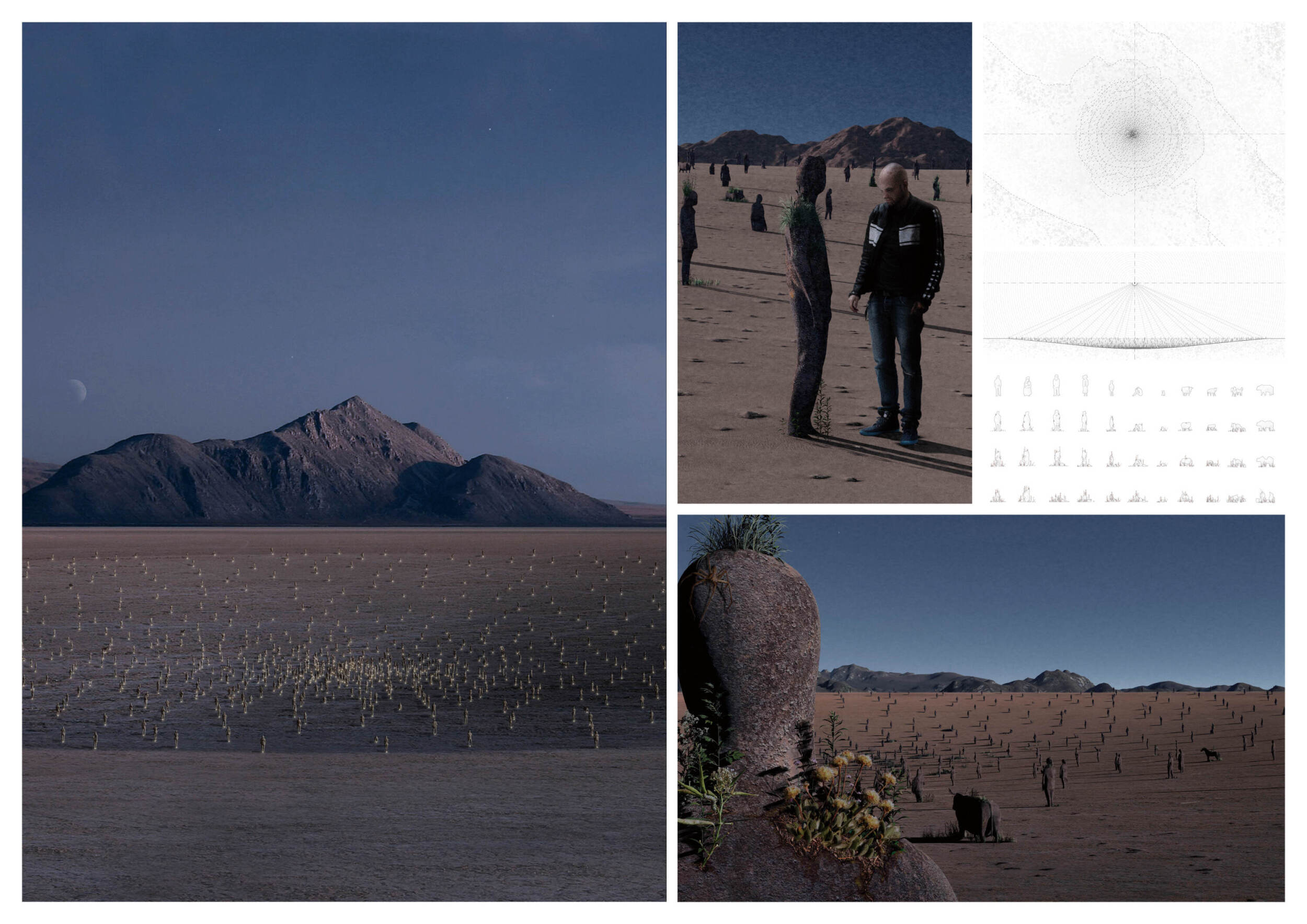

Competitions could be a fascinating glimpse of being passionate, creative, experimental, more serious, and be desperate on something that you really care about. You don’t have to struggle with bureaucracy, budget, or worry being political means.
Read full interview South Korea
South Korea
Jury feedback summary
A field of earthen or stone bodies - bodies of various people and animals alike - immortalizes the scale of destruction and loss nuclear blasts have and may continue to deliver. The project portrays these bodies as weathered and hosting wild flowers that seem to have taken root over time, at once signaling both life and decay. The jury writes: “The proposal is simple yet powerful, delivering an overwhelming message with one concise idea.
BB GREEN AWARD
Re•sur•gence
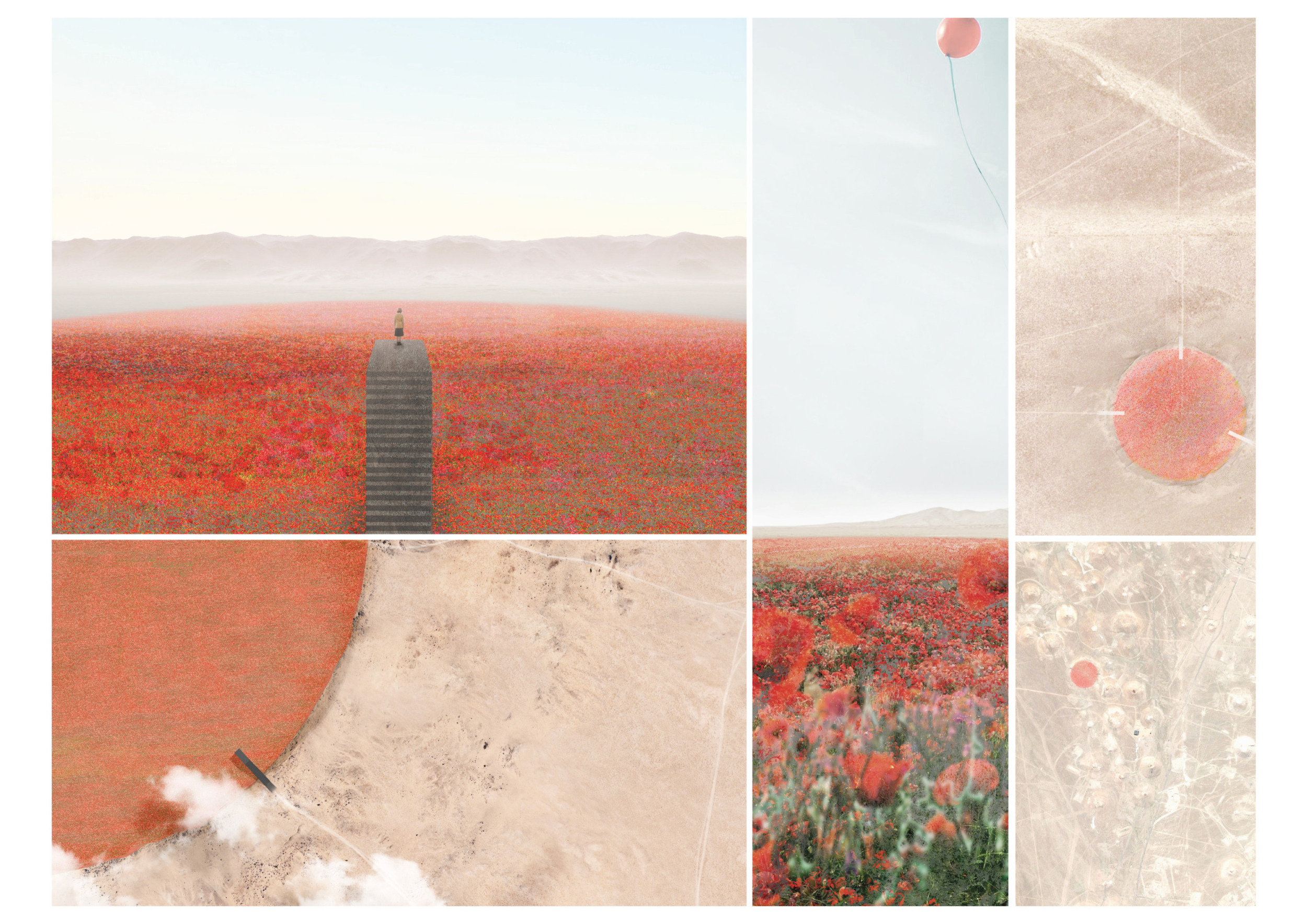
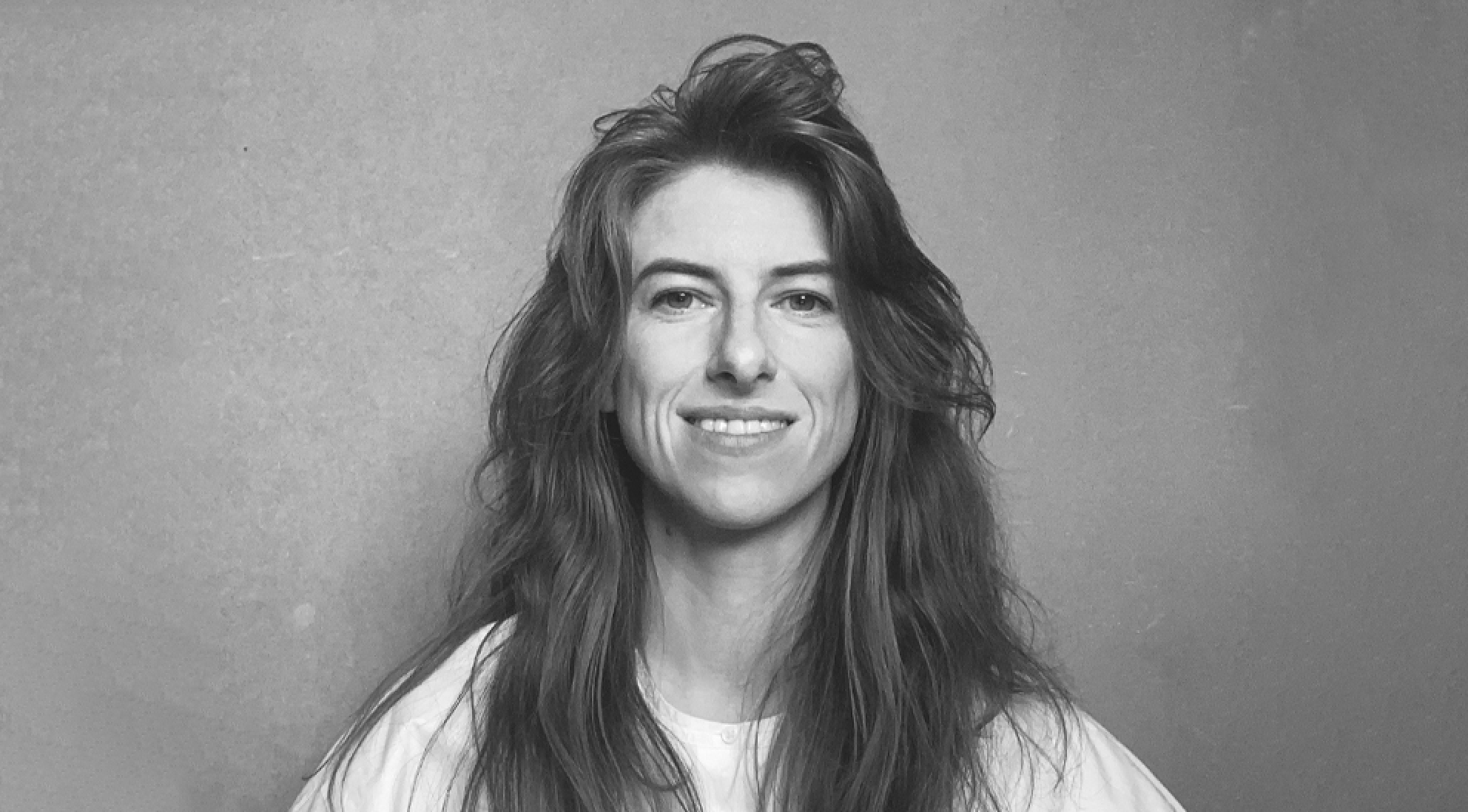
I love the themes and new directions which the competitions offer. They reflect the pressing problems of today, blending them with insights into future opportunities. It expands my horizons and pushes me to understand the role of an architect on a very large scale, globally.
Read full interview Italy
Italy
Honorable mentions
Shortlisted projects
